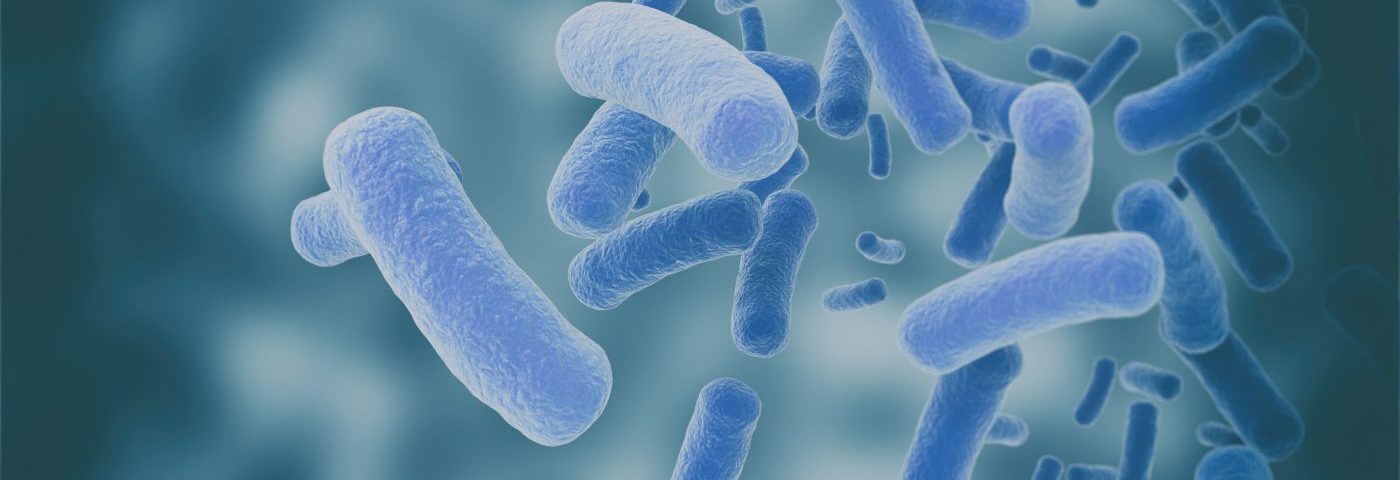Bacteria composition changes along the reproductive tract of women with endometriosis and may be used to estimate the risk a woman has of developing the disease, a study has found.
These changes in bacteria composition, according to researchers, also indicate there is a close relationship between bacteria colonization and the development of endometriosis.
The study, “Microbiota composition and distribution along the female reproductive tract of women with endometriosis,” was published in the journal Annals of Clinical Microbiology and Antimicrobials.
Endometriosis is a common disorder, estimated to affect 10–15% of women of reproductive age, and is frequently associated with infertility and chronic pelvic pain.
Although many theories have been proposed to explain the onset of endometriosis, the cellular and molecular mechanisms leading up to its development are still unclear.
Studies reporting the discovery of endotoxins — toxic substances produced by bacteria — that can cause inflammation in the abdominal cavity of women with endometriosis have led some researchers to propose that bacterial contamination could play a key role in onset of the disease.
However, the low numbers of microbes found in the female reproductive tract, along with limitations of standard culturing methods to identify a wide variety of bacteria, have limited research in this field.
In an effort to overcome these limitations and investigate the possible role of bacterial contamination in endometriosis, researchers in China isolated and sequenced bacterial DNA from tissue samples taken from women with and without endometriosis who had undergone laparoscopy surgery — a procedure in which a laparoscope (a small lighted, flexible tube) is inserted into a patient’s abdominal cavity to examine tissues.
Researchers collected and analyzed bacterial DNA from five regions of the women’s reproductive tract: the lower third of the vagina (CL); the upper portion of the vagina called vaginal fornix (CU); cervical mucus (CV, the mucus coating the inside of the vagina); endometrium (ET); and peritoneal fluid (PF, the fluid circulating in the abdominal cavity).
Samples were collected from 50 women — 36 with endometriosis and 14 without endometriosis who had laparoscopy surgery to remove a benign tumor.
Bacterial DNA sequencing analyses showed there was a continuous change in bacterial composition along the women’s reproductive tract.
In both groups, the lower portions of the reproductive tract (the lower and upper portions of the vagina) contained a high number of bacteria belonging to the Lactobacillus genus.
Differences in bacteria composition between women with and without endometriosis started to become apparent in the CV, and became even more striking in upper regions of the reproductive tract (ET and PF), suggesting that microbiota in cervical samples could “be an indicator for the risk of EMS [endometriosis],” researchers wrote.
In general, the team observed that in women with endometriosis there was a tendency for a reduction in the number of bacteria belonging to the Lactobacillus genus found along the reproductive tract (from upper to lower reproductive tract), accompanied by an increase in other signature species, including Sphingobium sp. and Pseudomonas viridiflava.
“In summary, from lower to upper reproductive tract, a significant difference in the distribution of the microbiota began showing in the CV of EMS patients and gradually increased upward the reproductive tract,” researchers wrote.
“The decreasing of Lactobacillus in vaginal flora and the increasing of signature [species] in … upper reproductive tract (ET, PF) of EMS patients reflect the EMS-associated alteration of microbial community, the participation of specific colonized bacteria in the EMS pathogenesis [development], as well as the relationship between microbiota and development of disease,” the team concluded.

